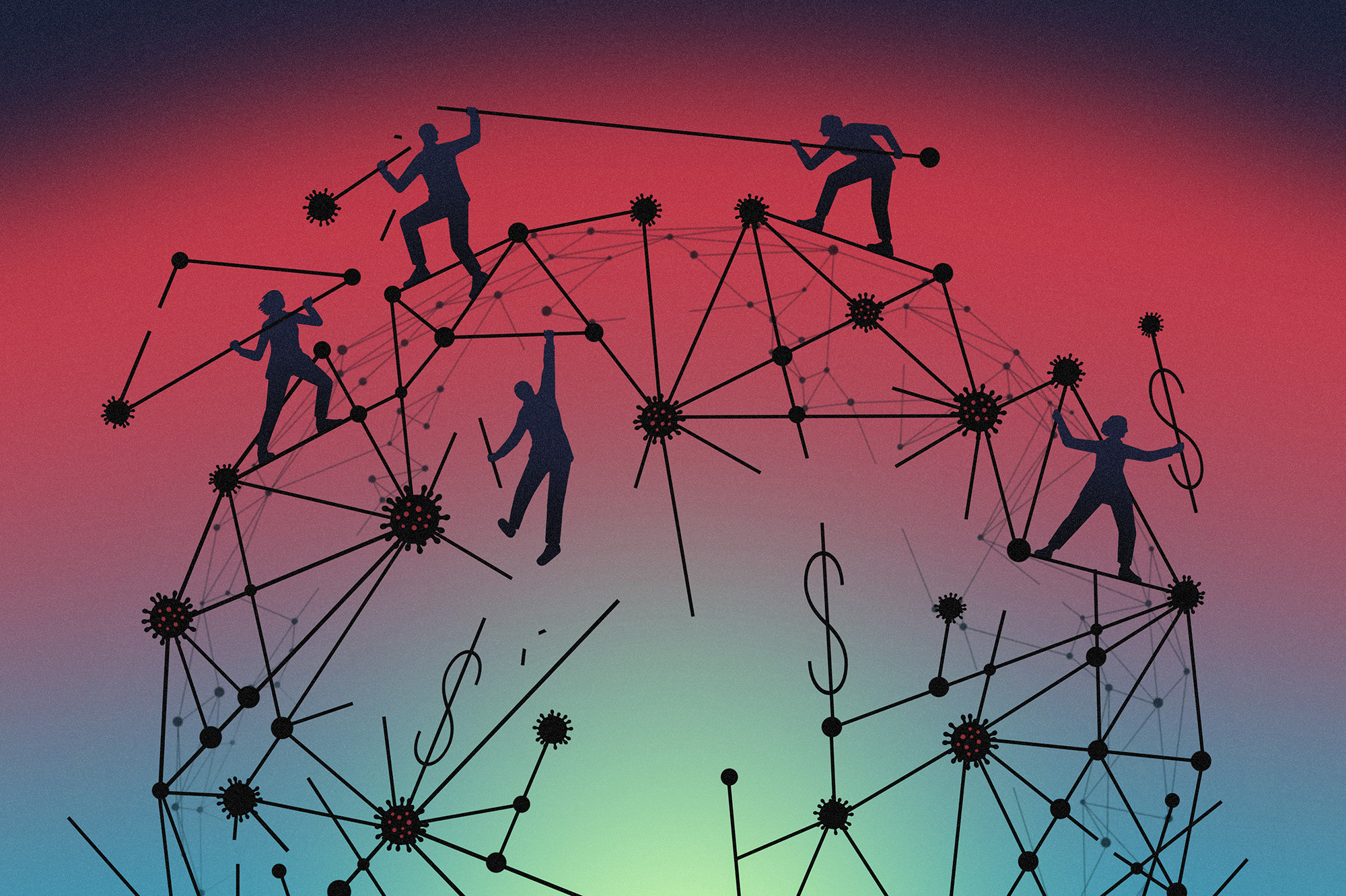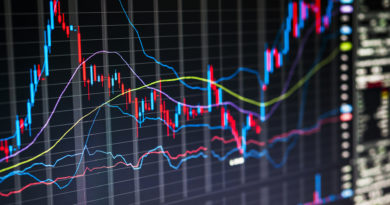How Bill Gates and partners used their clout to control the global Covid response — with little oversight

The ACT-A diagnostics team set a target of making 500 million tests accessible to low-and middle-income countries by the middle of 2021. It procured just 84 million tests by June 2021, only 16 percent of its target, according to the report. The therapeutics team originally set a goal of delivering 245 million treatments to low- and middle-income countries by 2021 but later changed the target to 100 million new treatments by the end of 2021. As of June of that year, the therapeutics team had allocated only about 1.8 million treatments.
COVAX set the aim of delivering 2 billion vaccine doses by the end of 2021. By September of that year, it had only delivered 319 million doses.
Although COVAX significantly accelerated the delivery of doses later in 2021 and in 2022, governments have struggled to get shots into arms. As of August 2022, only about 20 percent of Africans were vaccinated — a dangerously low percentage — according to the Africa CDC.
The leaders of the groups say that they were unable to meet their goals largely because wealthy, Western governments were slow to step up and make available the huge tranches of vaccine and therapeutics that were needed to protect the world. The groups say they provided a crucial voice for the suffering and needs of poorer nations, without which the progress may have been far slower.
“The Gates Foundation focused on supporting a global response that would ensure low- and middle-income countries had affordable, equitable access to the best data and tools available to tackle the crisis,” Mark Suzman, CEO of the Gates Foundation, said in a statement. “In some areas we saw successes. On the most critical issue of equitable vaccine access, the world as a whole failed as high-income countries initially monopolized available supply.” The foundation declined to make Gates available for comment.
On the struggle to deliver vaccine doses to low- and middle-income countries on time, Seth Berkley, the CEO of Gavi, said in an interview that the organization actually met one of its original targets of distributing 950 million doses by the end of 2021 to low-income countries, even though it failed to deliver on one of its original promises to distribute 2 billion doses. (COVAX delivered the 950 million doses by January 2022.)
“It’s very easy to sit there outside and to criticize what we’re doing. What we need to do is to be evaluated fairly based upon the actions we took at the time with the knowledge we had at the time,” Berkley said.
A spokesperson for CEPI put it this way: “While there is much that we can improve upon, it would be inaccurate to apportion all the blame for the failures of the global response to the very organizations that did more than anyone else to try and solve the problems of vaccine supply and inequity.”
”The challenge we faced was the need to bake in access to vaccines for poor countries right at the point when companies were able to sell promising product to the highest bidder,” the spokesperson said.
Jeremy Farrar, the Wellcome Trust director, struck a similar note. “Comprehensive pandemic preparedness and response requires the sort of funding and international cooperation that only governments can muster,” he said.
Farrar, however, defended the ACT-A partnership as “the best mechanism we have for delivering lifesaving Covid-19 tools across the world.”
“Before ACT-A was set up, there was no formal mechanism in place to coordinate and accelerate the development, production and equitable access to Covid-19 interventions globally,” he said. “While ACT-A may not be perfect … the global response would have been poorer and far more fragmented without it.”
The POLITICO and WELT investigation found, however, that ACT-A’s structure diminished accountability. ACT-A representatives set funding priorities and campaigned for donations. But the money — $23 billion in total — went directly to the entities involved in the initiative, such as Gavi and CEPI. Although ACT-A’s website keeps track of how much money was raised, it is nearly impossible to tell exactly where all of it went.
Based on each organization’s individual Covid database, it is not possible to delineate exactly how the groups spent the money raised through ACT-A. It is also difficult to determine in the organization’s grants and investment data how much they donated specifically for ACT-A programming. For example, the organizations do not use “ACT-A” or similar terminology in their descriptions of their grants and investments.
“In theory, I think that was a great idea,” said Gayle Smith, who led the U.S. State Department’s global Covid-19 response last year, referring to ACT-A. But she questioned its accountability.
“In practice … there was no single director,” Smith said. “Who’s the big boss of this whole enterprise? In a global emergency like this, we need to be able to get the countermeasures to everyone everywhere as quickly as possible.”
Bruce Aylward, who coordinates the work of the ACT-Accelerator at the WHO, said ACT-A was purposely set up with a decentralized structure in order to cut down on bureaucracy. He said that each agency was in charge of their own accounting and solidifying agreements directly with donors.
Smith and others closely involved in the global Covid fight say there should have been a stronger hand at the tiller.
When vaccine doses started flowing into COVAX, many poor countries and provinces were ill-equipped to handle them. And during the long delays, many potential beneficiaries lost faith in the global health system.
“I think that if we had had the vaccine earlier the coverage would have been much, much, much better,” said Stephen Bordotsiah, the municipal director of health services in the Bolgatanga region of Ghana, which received significant doses from COVAX.


